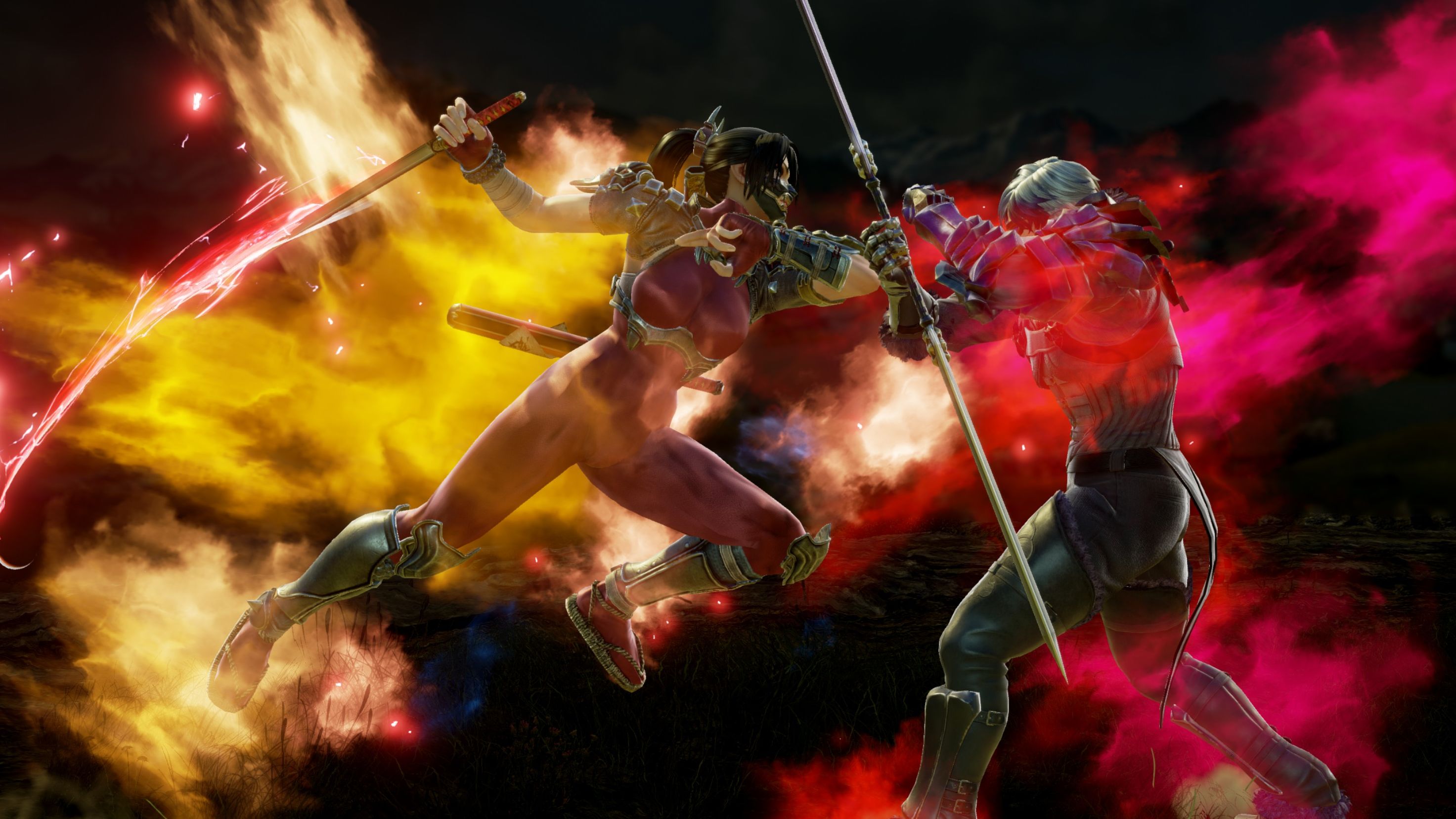Our Verdict
A fighter with a great roster and exciting brawls, let down by an undercooked singleplayer component.
PC Gamer's got your back
What is it? A fighting game set in a very strange vision of the 16th century.
Expect to pay $60/£50
Developer Bandai Namco Studios
Publisher Bandai Namco Entertainment
Reviewed on Intel Core i5-2500K 3.3GHZ, 16GB RAM, GeForce GTX 970
Multiplayer Two players competitive online.
Link Official site
The samurai Mitsurugi launches a sweeping vertical combo, sweeping his katana above his head and down again. It’s a classic Mitsurugi move—he has several versions of this attack with varying ranges and speed—and that makes it easy to dodge. In other fighting games these windows of vulnerability are fleeting moments that you have to leap on, but in Soulcalibur they are long enough to savour. A deft step left with Geralt exposes the samurai completely, and I punish Mitsurugi with a quick combo to his side.
Soulcalibur 6 creates absorbing, satisfying battles with a simple set of commands. You have a horizontal attack command, a vertical attack, a kick, and a block. Special moves ask you to press two buttons at once along with a directional command or two, and aside from a super attack and power-up move on the right bumper, that’s more or less it. You can string together combos of three-or-four blows, but it’s more important to know when to block, when to dodge, and when to strike, and how to deal with bizarre characters like the leather-bound contortionist Voldo.
It’s the fighters’ weapons that create real tactical variety. Maxi’s flamboyant nunchaku dance feels completely different to Talim’s tonfa beatdown style, and range management is key when you’re facing Kilik’s bo staff or Nightmare’s horrendous greatsword. 18 of the 21 characters have appeared in previous Soulcalibur games, and their movesets are largely familiar. New fighters include our pal Geralt from The Witcher series, a wizard called Azwel who can summon weapons, and a moody fighter called Groh, who can crack his bladed staff into two swords in the middle of combos.
By pressing back and right-bumper each character can spend soul energy to enter a powered-up frenzy state. That unlocks new moves, and can actually be punished by characters like Geralt, who uses his silver sword to deal extreme damage against empowered fighters. Soul charge unlock the intricacies of each fighter. Certain attacks will gain guard break properties, or strike more quickly.
It’s not as flashy as some of the other great fighting games we’ve seen this year, like Dragon Ball FighterZ, but it’s easy to read. Guard-shattering attacks crackle with blue lightning. Weapon arcs are marked by glowing energy trails so you can easily see the shape of attacks. New ‘reversal edge’ attacks trail bright red energy. When these connect the game goes into slow-mo clash and players have to choose an attack, block, or dodge. These duels feel luck-based, but they look great and give you a few seconds to breathe.
The series has never really bid for the attention of hardcore fighter fans, and systems like reversal edge may seem too arbitrary to the competitive crowd. Soulcalibur has, however, always been an arcade pick-up fighter that you can stick on when some friends come over, and 6 slots into this role perfectly. There’s a lot to do playing solo as well, even though the singleplayer modes feel a little lacking in execution.
Maintained a steady 60 frames at 1080p running on a GeForce GTX 970. On a 4K setup using the same card I had to drop the resolution down to 2600x1440p and move the settings down to 'high' to hit a decent framerate, but the differences between 'high' and 'maximum' settings are negligible. It's Unreal Engine 4, so quite well tuned for PC gaming and it looks great too.
Each character has a story, made up of a gauntlet of fights interspersed with still art and voiced dialogue scenes. There’s a main story of sorts, following Killik’s quest for the demonic blade Soul Edge. In addition you can create your own fighter using the bonkers character creator and march them around a map of Europe. On the way you get into fights with other character creator monstrosities, level up, find new weapons, and occasionally bump into members of the main cast. This is a long mode with a lot of text to click through. It takes ages for the opponents to become challenging to fight, and the interesting weapon upgrade system is absent for hours. When you do get to fight, it’s often for one all-too-brief round. Special ring effects like slippery arenas and regenerating enemies add some interest, but it’s a slog.
Keep up to date with the most important stories and the best deals, as picked by the PC Gamer team.
Soulcalibur 6 is most fun in a five minute bouts between main roster fighters. I love my big red lizard in a pirate hat, but I’d rather fight the real Mitsurugi rather than a massive oily sailor borrowing his moveset. In online, you can join casual lobbies where you can watch other players’ matches, learn their habits, and then hopefully beat them the next time your turn comes up.
There is also ranked play that awards you points for wins. This is where you see the strangest player-made custom characters. All characters have to adhere to one of the main roster characters’ movesets, but it’s still amusing to see a man with a giant horse head wielding Geralt’s steel and silver swords. It sums up Soulcalibur’s appeal perfectly. It can be dumb and, in singleplayer, a little dull, but the fights are always fun and sidestepping Mitsurugi never gets old.
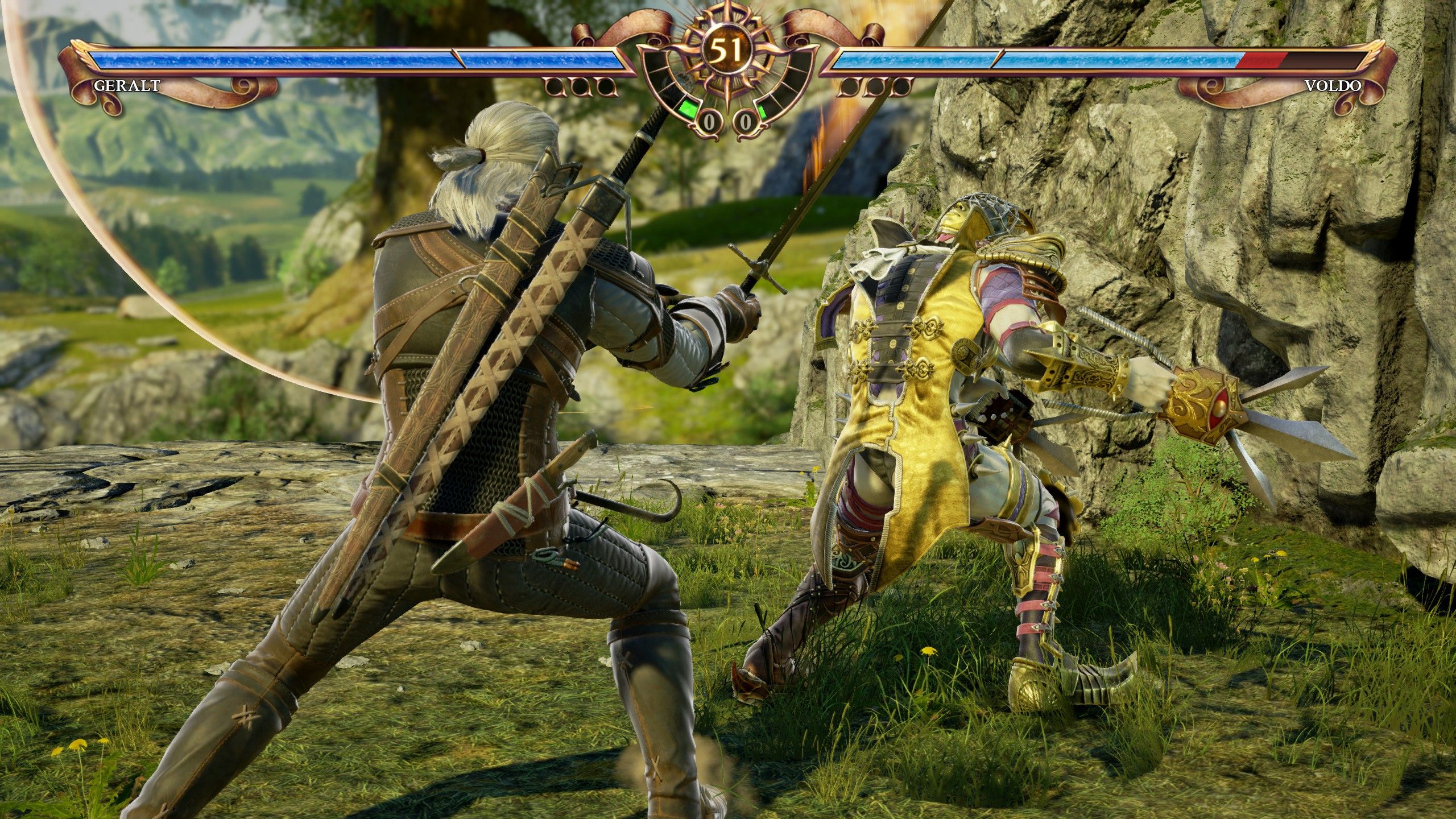
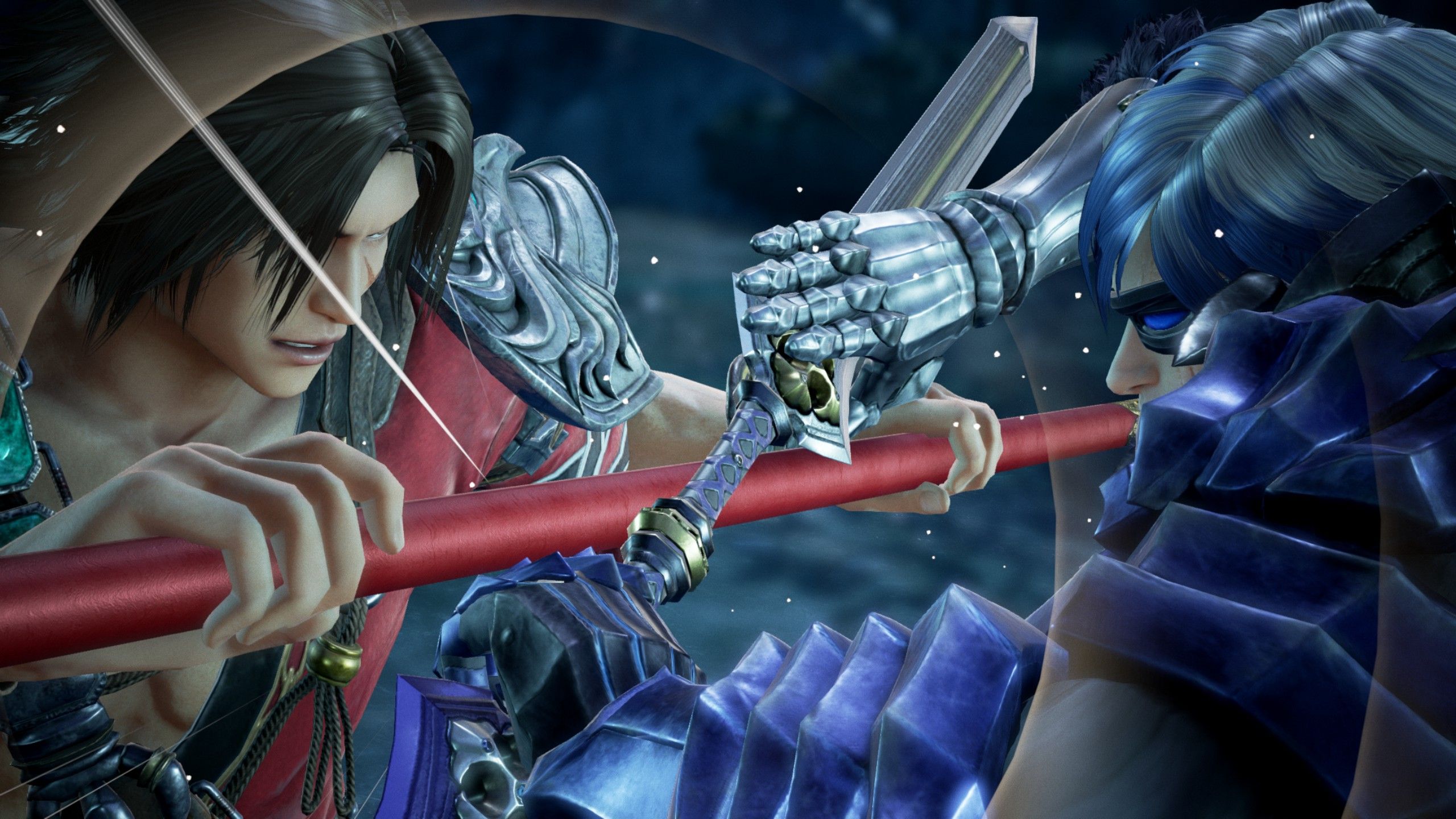
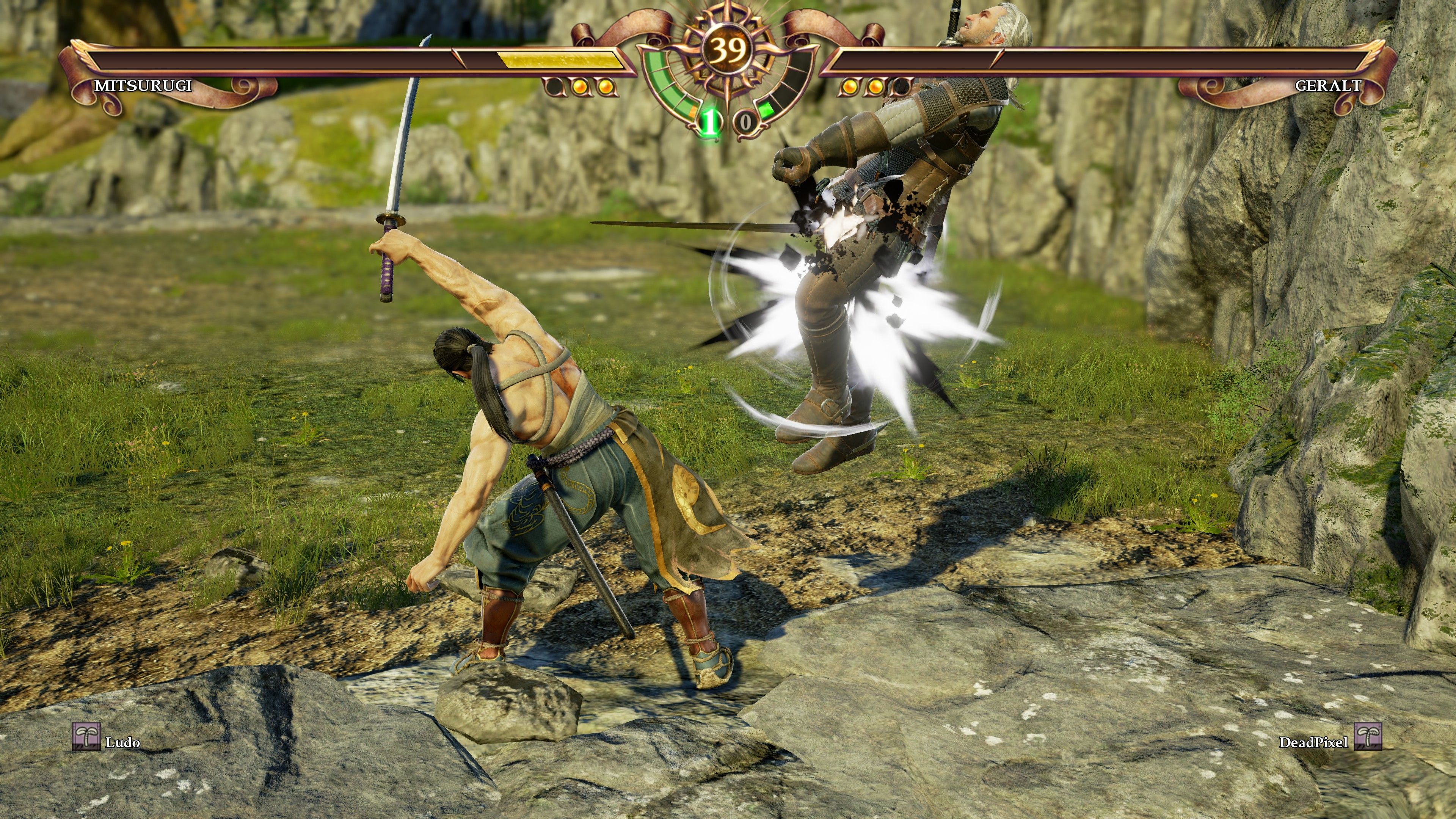
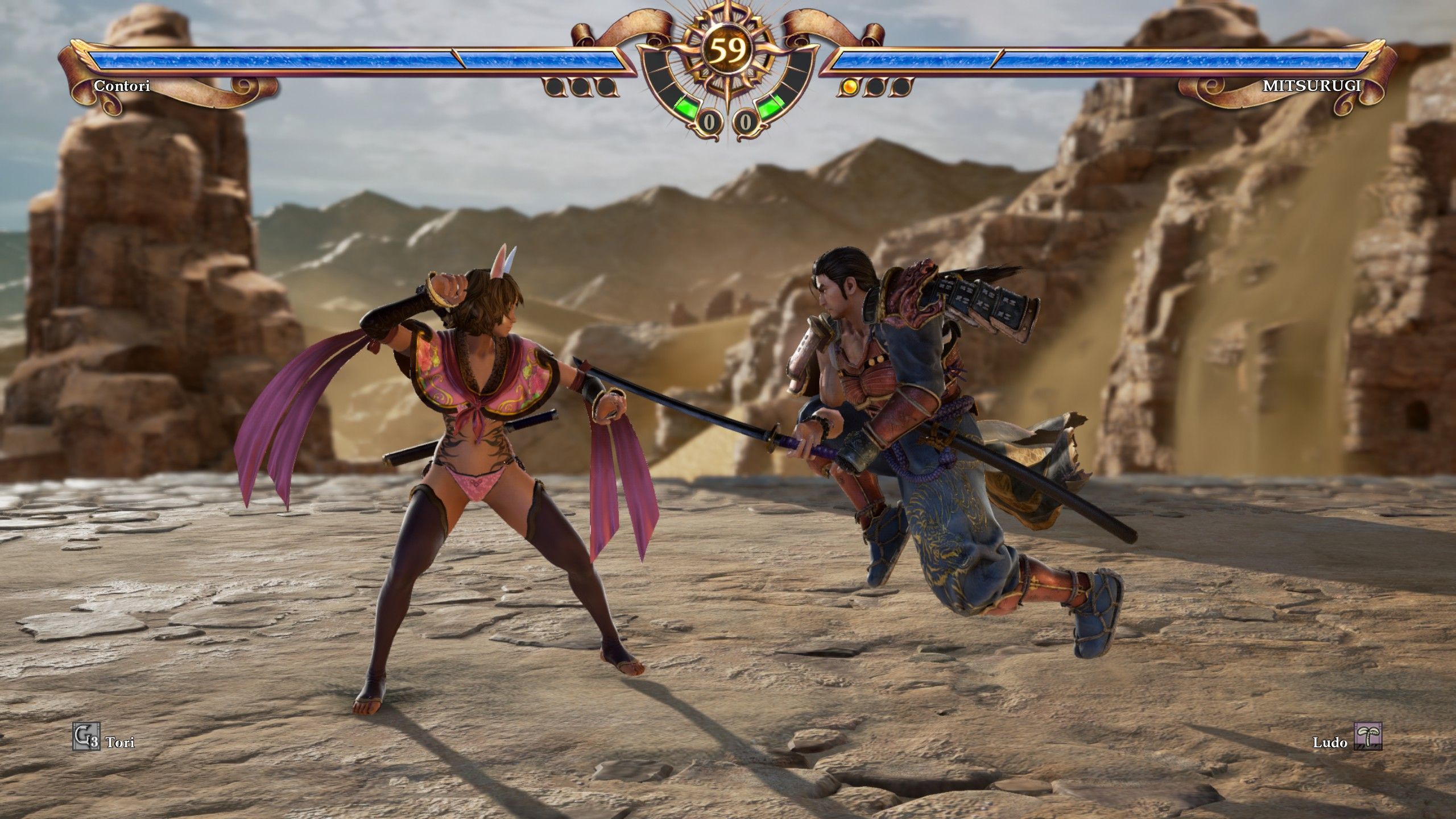
A fighter with a great roster and exciting brawls, let down by an undercooked singleplayer component.
Part of the UK team, Tom was with PC Gamer at the very beginning of the website's launch—first as a news writer, and then as online editor until his departure in 2020. His specialties are strategy games, action RPGs, hack ‘n slash games, digital card games… basically anything that he can fit on a hard drive. His final boss form is Deckard Cain.
